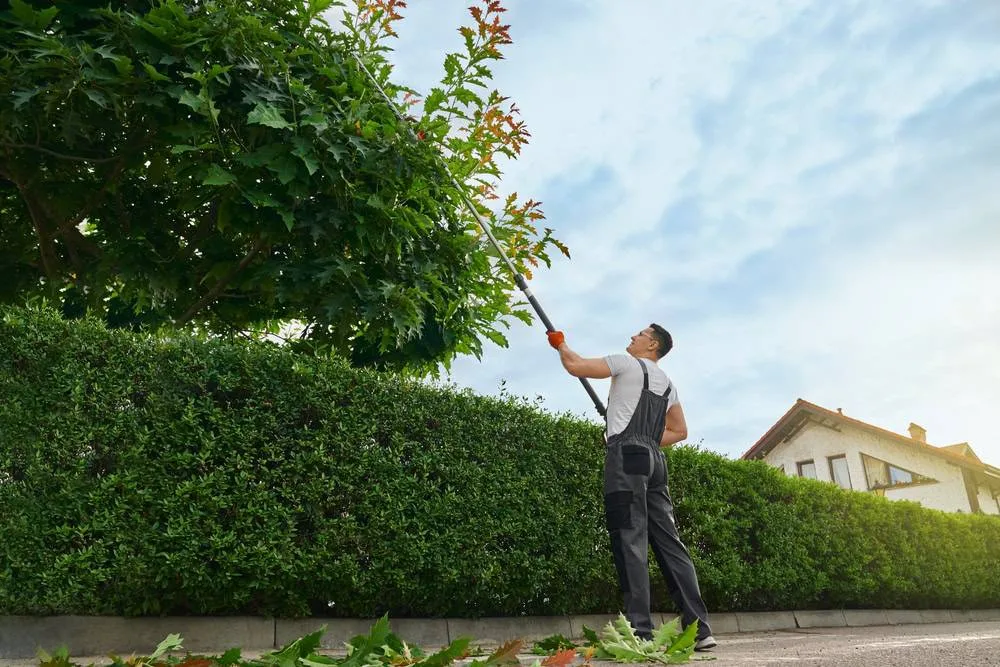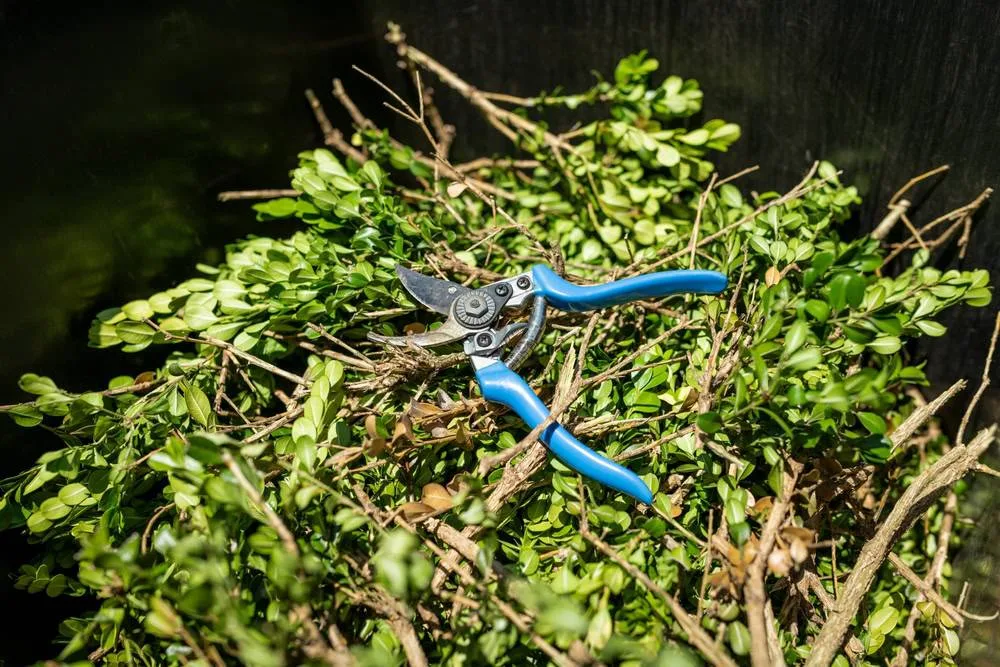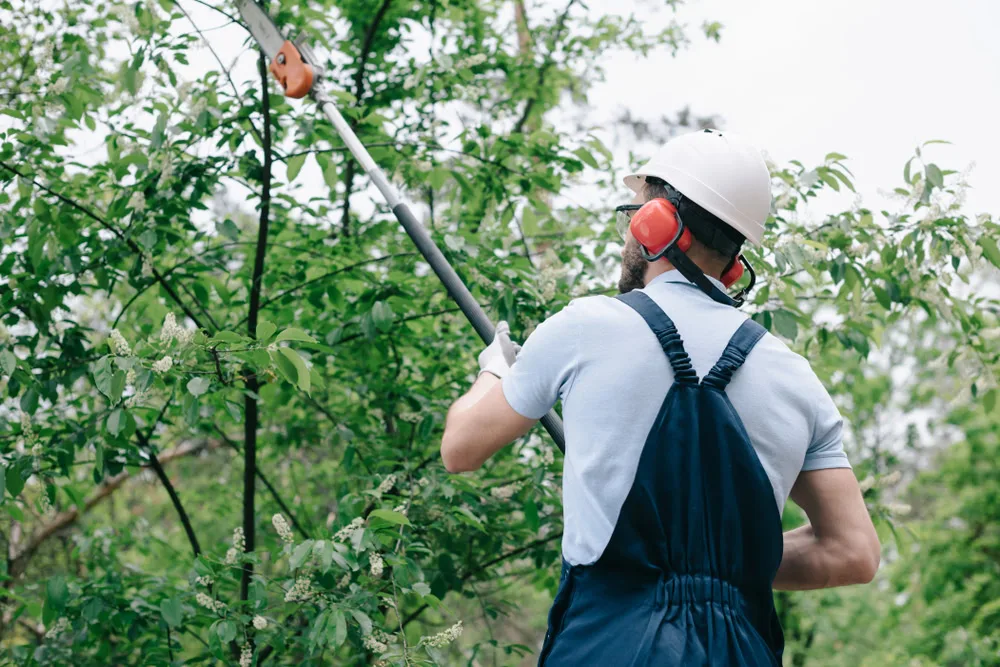Tree Trimming in Huntington Station, NY
Safe Trees, Protected Property, Peace of Mind
Professional tree trimming that keeps your family safe and your property protected year-round.

Hear from Our Customers

Professional Tree Care Services
You get trees that won’t surprise you with broken branches during the next storm. Your property stays protected from the kind of damage that turns a beautiful yard into an insurance claim.
Healthy trees that actually add value to your home instead of threatening it. No more wondering if that large branch over your driveway is going to hold up through another Long Island winter.
The peace of mind that comes from knowing a certified arborist looked at your trees and handled them right. Not guesswork, not YouTube tutorials – actual expertise applied to your specific situation.
Huntington Station Tree Experts
Green Light Tree Services has been keeping Huntington Station properties safe through professional tree care for years. We understand how coastal weather affects your trees and what species thrive in our Long Island climate.
Our certified arborists don’t just trim branches – we assess tree health, identify potential problems before they become expensive emergencies, and work with you to maintain the trees that make your property beautiful.
We’re licensed, insured, and equipped to handle everything from routine maintenance to emergency storm response. When you call us, you’re working with professionals who’ve seen it all and know how to handle it right.

Tree Trimming Process
First, we assess your trees and identify what actually needs attention. Not every tree needs trimming, and we’ll tell you straight up what’s necessary versus what can wait.
We explain what we’re doing and why before we start cutting. You’ll understand which branches pose risks, which ones are affecting tree health, and what our trimming will accomplish for your specific situation.
Then we get to work with proper equipment and safety protocols. We clean up completely when we’re done – no branches left scattered around your property. You’re left with healthier trees and the confidence that the job was done right.

Ready to get started?
Complete Tree Maintenance Solutions
You get a thorough assessment of each tree’s health and structure before any cutting begins. We identify dead, diseased, or damaged branches that need removal, plus any growth patterns that could cause problems down the road.
Our tree trimming includes proper pruning techniques that promote healthy growth while removing safety hazards. We shape trees to reduce wind resistance during storms and eliminate branches that threaten your roof, power lines, or neighboring properties.
Every job includes complete cleanup and debris removal. We also provide recommendations for ongoing tree care and let you know if we spot any issues that need attention in the future. You get the full picture of your trees’ health, not just a quick trim.
